How to Build an Ecommerce Website in 2025 (Step-by-Step)
Starting an e-commerce website in 2025 is easier than ever—but how to build an ecommerce website that’s aligned with your brand, speaks directly to your ideal customers, and drives consistent growth? That takes strategy.
As someone who’s helped businesses launch and scale from the inside as a Fractional CMO, I’ve seen the difference between launching a “store” on an eCommerce platform and launching a business. In this guide, I’ll walk you through how to build your e-commerce website not just quickly—but intelligently, with an eye on future growth, marketing integration, and conversion.
Understand the Why Before the How
Before diving into tools or templates, you need a clear understanding of why you’re launching your store and who it’s for. This section lays the foundation so that everything that follows—design, copy, marketing—is laser-focused on business outcomes.
First, define the purpose behind your interest in launching on an eCommerce platform. Are you pivoting from physical retail, starting a side hustle, or launching a brand? Answers to these questions will help define your purpose.
Next, set goals for the first 6-12 months of your business. Goals should include metrics like traffic, sales, and brand awareness for your target audience.
Avoid common mistakes, like jumping to specific online business platforms or ecommerce business templates without first developing clarity on your audience and your business’ value proposition.
Tie products and product categories into a specific lifestyle or emotional outcome. These connections will help determine where content and commerce intersect.
Choose the Right Business Model and Platform
The business model and platform you choose will impact not only your tech stack, but also your marketing, fulfillment, and long-term scalability. Think beyond what’s easy to launch and instead choose ecommerce websites that support growth.
Clarify Your E-commerce Business Model
Whether you’re dropshipping or manufacturing, knowing your model helps you build with the right margins, expectations, and marketing strategy from the start.
Choose between B2C, B2B, DTC, marketplace, or C2C, depending on your physical product (or digital products), and the fulfillment model you have chosen to deliver your product catalog after purchase.
A true evaluation means looking into dropshipping, white/private label options, warehousing, and a subscription model. Each of these have their own boons and drawbacks, so evaluate each fully as you develop your business model.
Consider your logistics and margin structure from the outset. Knowing how you will produce a physical product, which product types you will consistently stock, and even how you will deliver digital products can all inform your business model.
Compare Top E-commerce Platforms (Strategically)
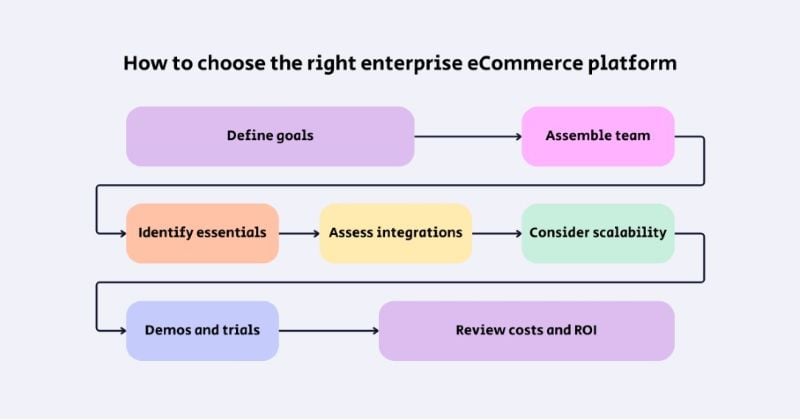
Your platform isn’t just a technical choice—it’s a growth partner. Choose one that aligns with how you plan to market and scale.
Shopify is the best option for speed in marketing and scalability. Because Shopify doubles as a platform and an ecommerce website builder, many sellers opt to make use of its features.
WooCommerce is an ideal ecommerce website for people who already have WordPress sites, or who are more content-first or SEO-driven in their approach to business.
Wix and Squarespace are other options, and are ideal for leaner or design-focused early-stage businesses. They are easy to use, and their pared-down nature can appeal to potential customers.
Each possible platform can be thoroughly evaluated based on the marketing tools, customization, support, and long-term flexibility each platform affords. An ecommerce business can look very different based on branding and approach, so make sure you are making it your own through customizable themes and a targeted approach.
Don’t Ignore Domain, Hosting, and Security
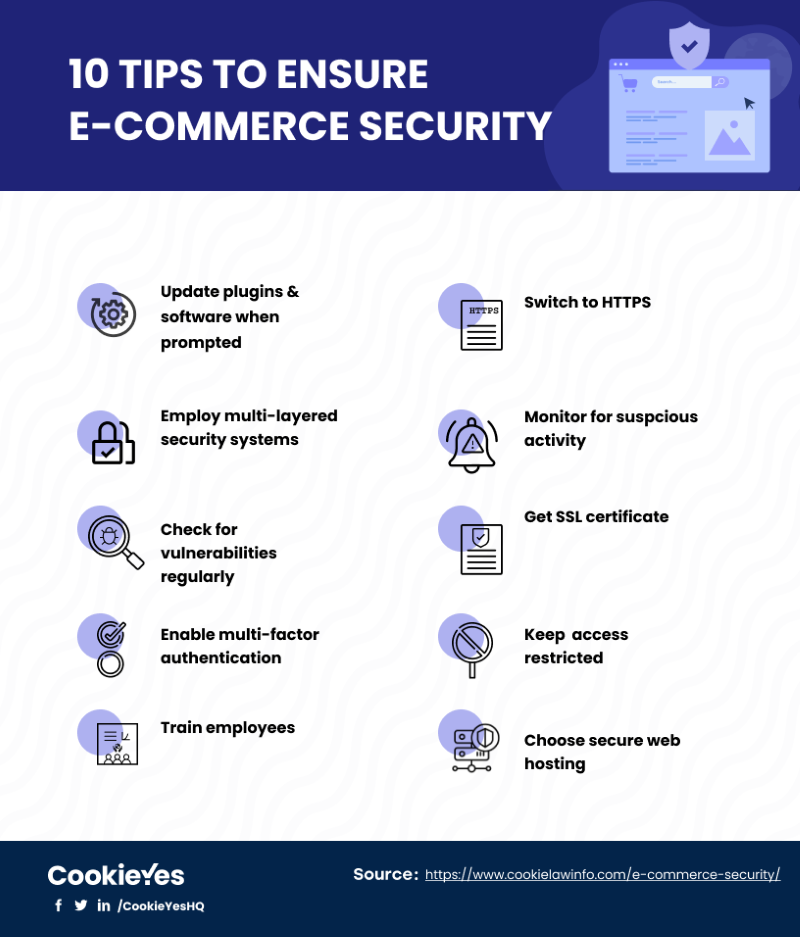

Domain, hosting, and site security aren’t the glamorous parts—but they directly impact trust, speed, and user experience, which means they impact conversions.
When you create the base for your online business, choose a short, brandable domain. Although there are many different options, a .com or .store ending is typically preferred for ecommerce stores.
Hosting matters, so opt for providers who offer high uptime and fast load speeds. From the initial navigation to your site to the checkout process, your online presence can sink or swim based on speed alone. One of the advantages of using Shopify, Wix or Squarespace is that hosting is included in your monthly fees. WooCommerce will require you to invest in WordPress hosting.
Overwhelmed by Digital Marketing?
Just released: my new book to help small businesses, entrepreneurs, and marketers master digital marketing in today’s digital-first world.
Drawing on my Fractional CMO experience, Digital Threads simplifies complex strategies into clear, actionable steps for success.
Transform your business today—grab your copy! Click the cover or button below to buy on Amazon.
SSL, backups, and firewalls are non-negotiables to foster customer trust and support data protection. Make sure your e-commerce platform is prepared with plenty of security.
Design with Conversion in Mind, Not Just Aesthetics
Too many brands obsess over design but ignore conversion. Your site should be beautiful, but its real job is to sell, build trust, and grow your brand.
Branding and User Experience Go Hand in Hand
Your brand isn’t just colors and logos—it’s how someone feels navigating your store. Make sure your UX reinforces your positioning.
Align all of the visuals associated with your online presence with your brand identity and your ideal customer. Your logo, color palette, and fonts can all be used to reinforce the type of products you sell, who your target audience is, and how you approach your business.
Aim for consistency across your homepage, product pages, emails, and socials to build brand equity. Consistency and high-quality product photos are both a must.
Customize or Start from a Template?
Speed and simplicity are great, but never at the cost of brand identity. Choose the right balance of convenience and control for the online store builders you select.
Many online store builders offer templates, which can speed up launch times. That speed, however, frequently means that you sacrifice flexibility. If an eCommerce template is too rigid, consider starting from scratch for most or all of your design features.
Platforms like Elementor (for WordPress, specifically) and Shopify Themes help you strike a desirable balance between a quick setup and greater brand control. Tools like these offer advanced features in easy-to-use formats and allow for customization.
As you customize, focus on both visuals and conversion elements. Whether you are tying into a brick-and-mortar store, or you are launching an online business for the first time, your audience should be able to recognize your brand and enjoy their time on your site.
Further Reading: 15 Powerful WordPress Ecommerce Themes to Build Your Next Online Store With
Build Pages with Purpose
Every page should have a job. If it doesn’t help a visitor convert, build trust, or engage deeper, it doesn’t belong. From your home page, to your Privacy Policy page, every landing page counts.
Homepages are designed for clear brand positioning, featuring top-selling products, offering value propositions, and building trust. This is not the place for a slew of product listings, a shopping cart, or even a link to your preferred payment method. This is to draw in without pressuring.
Product pages require high-resolution images, benefit-driven copy, videos, reviews, and social proof. Potential customers need to see the best possible representation of your offerings.
Checkout should offer shipping options and checkout options. You can offer one-page checkout and guest checkout, and you should also have clear pricing info, shipping options, shipping policies, and available payment gateways.
Your core pages include About, Contact, FAQ, Return Policy, and Privacy Policy pages. These are all essential for both building trust and leveraging search engine optimization, so they should not be minimized or ignored.
Create Product Listings That Sell and Rank
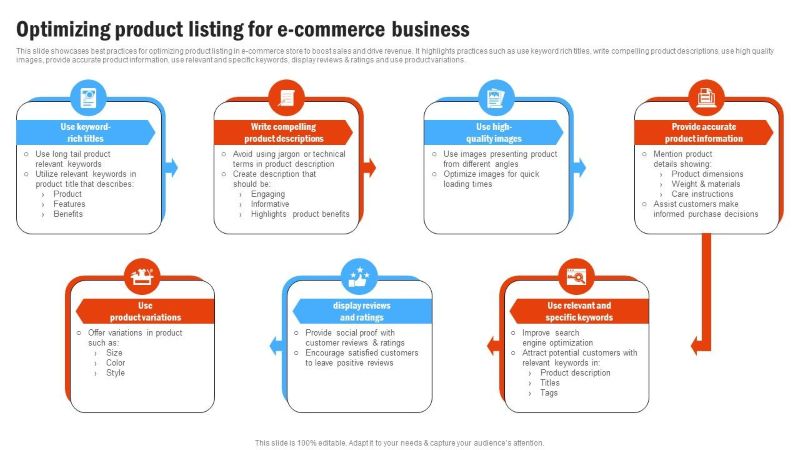

Product pages are your money-makers. Great listings not only convert; they pull in organic traffic and reduce customer hesitation.
Use smart keywords in both your product titles and meta tags naturally. This is not the place to keyword stuff; instead, make sure that your product listings showcase the type of products you offer, including showing customer reviews and even payment options.
Focus on benefits over features in your product descriptions. It can be tempting to simply describe, but your product page is designed to sell, so make sure that your language reflects this.
Multiple images, zoom functionality, and lifestyle shots can all improve conversions. Just as customer reviews help build trust, these components help your audience feel as though they can rely upon your brand.
Schema, or structured data, will help boost your visibility in Google search. Make use of SEO practices within your schema to boost your online sales and come up frequently when your customer types those keywords into their search bar.
Set Up Payments, Taxes, and Shipping Properly
A slick website that fails at payments or shipping is a brand killer. This section ensures your operations support—not sabotage—sales. First up? Payment gateways.
Choose the Right Payment Gateways
Friction kills conversions. Offer the right mix of secure, familiar payment options to make sure that your audience feels supported and safe as they pay.
Stripe, PayPal, Shop Pay, and Apple Pay are all examples of customer favorites. Many of these have shipping options attached, and are fine additions to your ecommerce business.
Multiple payment options can help reduce cart abandonment. Extra features, even among payment options, can go a long way in securing customer trust. Your audience must feel supported as they pay, whether they pay with a delayed plan or a credit card.
While you are developing your hosting service and features, also keep a close eye on mobile-friendly options, including payment flow. A mobile-friendly payment flow means holding onto any audience members who may be on the go.
Further Reading: Generative AI in Ecommerce: 17 Ways to Boost Your ROI
Taxes and Compliance
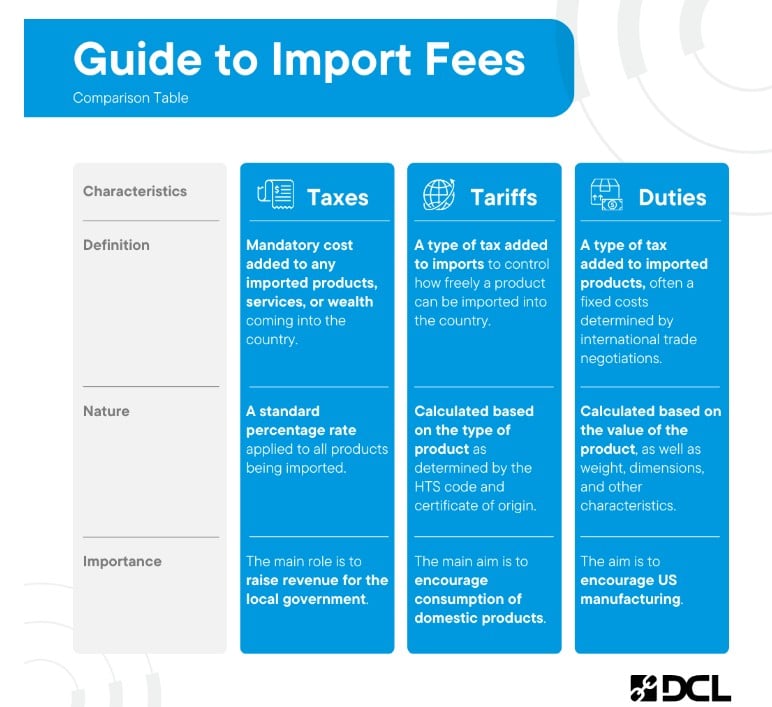

Don’t get caught off guard—tax and compliance aren’t optional. Bake them into your setup now so they don’t become a headache later.
Using tools like Avalara or TaxJar, you can automate tax settings. This takes the guesswork out of taxes and ensures that you do not let anything slip through the cracks.
If you plan to sell across state lines or internationally, research sales tax nexus rules. Requirements for taxes can vary by state, so make sure you identify tax rules in the state or country in which you live.
Tax-inclusive pricing is required in some markets, including EU/UK markets. Ensure that your hosting service includes that pricing where required to prevent issues down the road.
Shipping Strategy Matters More Than You Think
Shipping is often your customer’s final impression of your brand. Get it right or risk losing repeat buyers.
Unsurprisingly, free shipping increases AOV. Thresholds are a great way to incentivize your audience to purchase in larger quantities, and can be a great way to boost your online sales.
Offer real-time shipping methods with preferred carriers, or opt for flat rates for simplicity and ease of use for your audience. Also consider the limitations and requirements of international shipping as you build out your shipping practices.
Honesty and transparency about shipping methods, limitations, and delivery times are essential. Make sure you provide tracking to reduce support burden and build trust.
Preview, Test, and Launch
Before you hit publish, take the time to test every detail. A sloppy launch can undo weeks of work and cost real revenue. Entire email campaigns that have been put in place for months can be derailed by even a small collection of hiccups.
Test each and every step of your customer journey on both desktop and mobile. View your site with fresh eyes, and smooth any wrinkles you may stumble across as you do.
Review the performance of your site. Page speed, load times, and UX issues are all common concerns when launching a new business, so keep an eye on these issues as you navigate your business.
Google Analytics, Facebook Pixel, and other tracking tools are all ideal for installation prior to launch. Done this way, tools like Google Analytics can track your areas of success and areas in need of additional focus from the beginning.
Ensure that all automated emails are working and are properly branded. Content management in this area will ensure that all order confirmation messages and shipping notifications are received quickly and easily.
Further Reading: Content Marketing for Ecommerce: Strategies to Boost Sales in 2025
Go to Market with a Launch Strategy
Launching your website without a go-to-market plan is like opening a store with no street sign. Don’t just go live—go loud!
Build Awareness Before You Launch
You don’t need to wait until launch day to build momentum. Start collecting emails and followers, and build hype now!
Collect emails to encourage online sales through waitlists, lead magnets, and even giveaways. Email marketing tools are essential here, as they can help clue your audience into any new products or launches.
Instagram, TikTok, and YouTube Shorts can all successfully tease products and build anticipation. Reaching a wider audience through social media posts can help you go beyond basic email promotion and increase the likelihood of a successful launch.
Further Reading: 20 Definitive Ecommerce Marketing Strategies to Implement in 2025
Use Paid and Organic Marketing Together
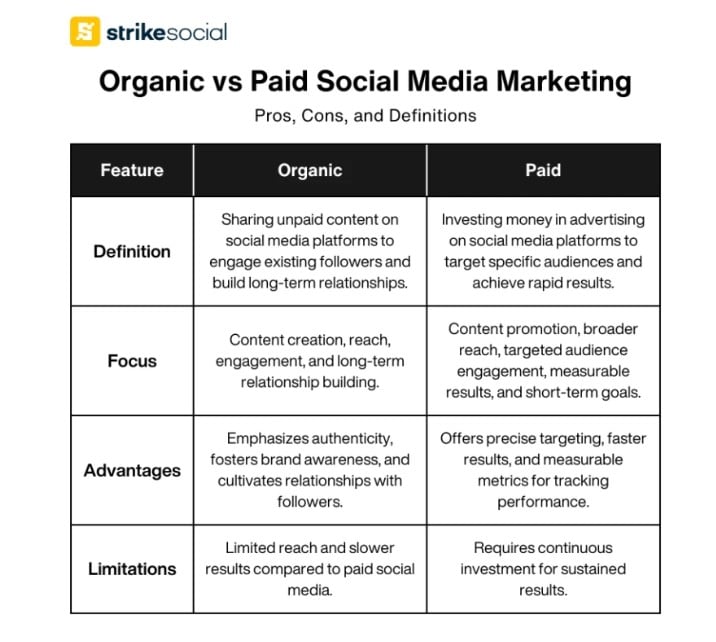

Organic is great for long-term, paid is great for traction, so use both early to test messaging and accelerate growth.
When you launch, do so with a mix of Google Ads, Meta Ads, influencer seeding, and SEO. Many people focus on Google Ads, or influencer marketing, but combining your marketing efforts can significantly increase your reach and improve store or product launches.
Retarget your site visitors with ads and abandoned cart emails. If someone was willing to go to your site and spend a few minutes there, you have a great lead already in place!
Create pre-launch and post-launch email sequences using Klaviyo or Mailchimp. These can help improve customer experience and ensure that your target audience feels seen and supported.
Further Reading: The Ultimate Guide to SEO for eCommerce Websites
Nail the First 30 Days
Your first 30 days are about proving your offer, building momentum, and learning what works. Focus, track, and iterate fast.
Track everything! From traffic, to conversion rates, to your best-selling products, track as much as you can to make sure that you understand your audience.
Solicit reviews and user-generated content from your initial customers. This builds social proof and helps you reach a wider audience in one fell swoop.
Offer limited-time discounts within the first 30 days to encourage repeat purchases and referrals from your audience.
Final Thoughts on How to Build an Ecommerce Website That Converts
Building your e-commerce website is more than a technical project—it’s a business strategy in motion. From the platform you choose to the way you write your product descriptions, every decision either strengthens or dilutes your brand.
Launching a store isn’t the hard part anymore.
Launching a store with staying power, loyalty, and a smart marketing engine behind it? That’s where experience counts. Use this guide to ensure you’re building not just a site, but a business designed to grow.
Actionable advice for your digital / content / influencer / social media marketing.
Join 13,000+ smart professionals who subscribe to my regular updates.

